When DR Congo thrashed South Sudan 4‑1 at Juba Stadium on 5 September 2025, the stakes in CAF Group B shifted dramatically. The match, part of the 2026 FIFA World Cup CAF QualifiersJuba, gave the Congolese side a vital boost toward the coveted automatic slot.
Why the Game Mattered
Here's the thing: Group B was already a tight race. Senegal perched on 21 points, while DR Congo lingered at 19. South Sudan, with a meagre four points and a –16 goal‑difference, was teetering on the brink of elimination. By winning in Juba, the Congolese not only widened the gap to the bottom‑placed team but also forced Senegal to stay on its toes.
Official CAF standings released by NBC Sports after the match listed Senegal first, DR Congo second, Sudan third, and South Sudan still dead last. The loss officially marked South Sudan as “ELIMINATED” from World Cup contention.
Match Recap: Goals, Grit, and a Little Drama
Kick‑off was at 14:00 UTC (16:00 local). The opening whistle sounded, and within ten minutes Claude Le Roy, the seasoned French coach of DR Congo, saw his tactical plan unfold. Le Roy, who took charge of the team in early 2024, had instructed his forwards to press high and exploit the thin defensive line South Sudan displayed throughout the qualification campaign.
The first goal arrived in the 12th minute: striker Jordan Milambo tapped in a low cross from the right flank. Two minutes later, a swift counter‑attack saw Moussa Mumbere (also a Congolese forward) double‑tap the ball after a corner. South Sudan scraped a consolation goal at the 27th minute, but the damage was done.
The second half was a parade for DR Congo. A penalty in the 55th minute, awarded after a clumsy tackle on Milambo, sent the goalkeeper the wrong way. The final goal came in the 78th minute when midfielder Lukaku Tshikona slotted a deft free‑kick into the top corner. The 4‑1 scoreline reflected a dominant performance, and the crowd—though modest—could feel the shift in momentum.
Group B Landscape After the Blowout
Turns out the numbers tell a story beyond the scoreboard. With DR Congo now on 19 points and a +8 goal difference, they sit just two points shy of Senegal’s lead. Sudan, sitting on 13 points, still has a mathematical chance but must win all remaining fixtures and hope both DR Congo and Senegal slip.
Togo and Mauritania, each with seven points, remain on the periphery. Their fate hinges on the outcome of their head‑to‑head clashes in October. The revised table, courtesy of CAF’s official site, reads:
- Senegal – 21 pts (+15 GD)
- DR Congo – 19 pts (+8 GD)
- Sudan – 13 pts (+2 GD)
- Togo – 7 pts (–4 GD)
- Mauritania – 7 pts (–5 GD)
- South Sudan – 4 pts (–16 GD)
For DR Congo, every point now feels like a ticket. The next match against Sudan on 12 October will be the true test of whether they can overtake Senegal.
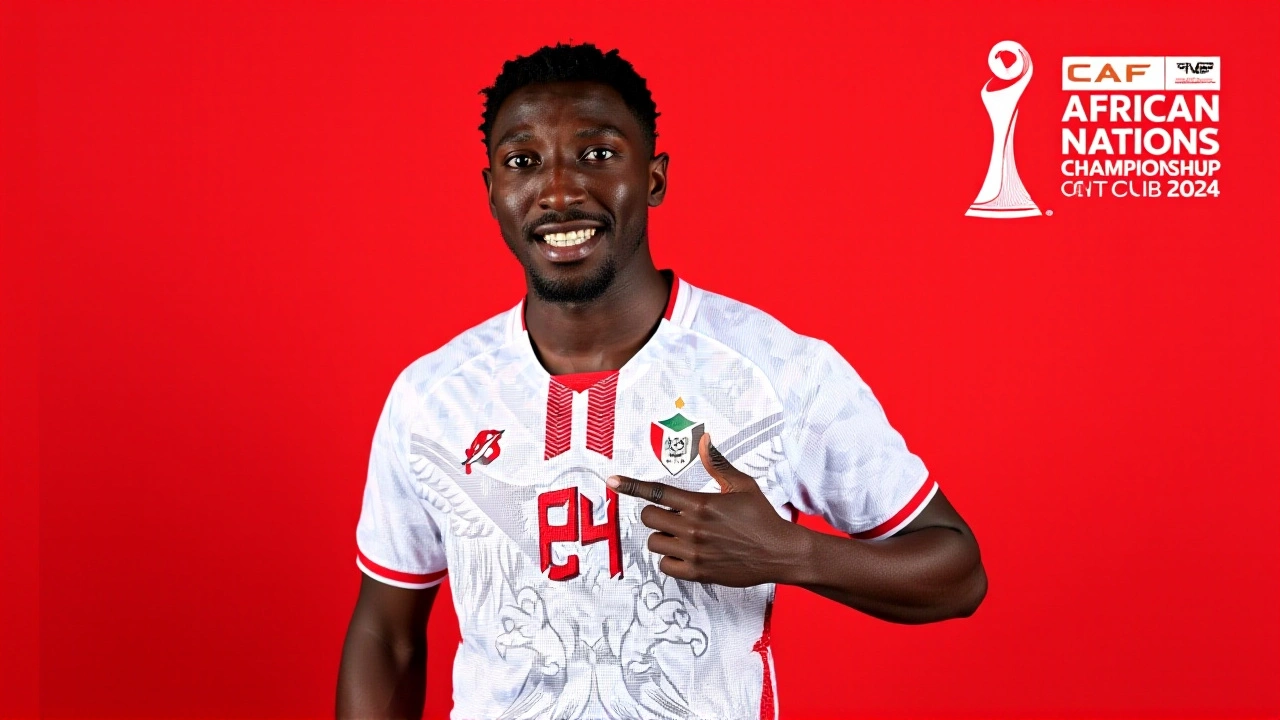
Historical Context: From Zaire to DR Congo
Oddly enough, the Congolese side has a storied World Cup pedigree. They appeared as Zaire in 1974 and later as DR Congo in 1994, both times exiting in the group stage. In the three decades since, they’ve hovered in the upper‑mid tier of African football, regularly finishing in the top‑four of the Africa Cup of Nations.
South Sudan, on the other hand, is still a football infant. Gaining independence in 2011, its federation struggled with limited facilities, political unrest, and a tiny talent pool. Their best‑ever CAF qualifier finish came in 2022, when they earned a solitary point against Mauritania.
The contrast was stark on the night in Juba. While DR Congo’s players moved with the confidence of a team that’s tasted World Cup action, South Sudan’s side seemed to be fighting a battle of survival on an under‑prepared pitch.
What’s Next for DR Congo?
Now that the dust has settled, coach Le Roy faces a strategic dilemma. He can either press for a win against Sudan and gamble on a direct group‑top finish, or play safe and hope Senegal slips up. The coach hinted in a post‑match interview with TNT Sports that “every match from here is a final.”
In practical terms, DR Congo must win its remaining four fixtures to reach at least 31 points. That tally would guarantee the group crown regardless of Senegal’s results. The schedule is tight: matches against Sudan, Togo, Mauritania, and a final showdown with Senegal in November.
If they clinch the group, DR Congo will secure one of Africa’s nine automatic berths for the 2026 World Cup, which will be hosted across Canada, Mexico and the United States. The expanded 48‑team format gives the continent a better shot at representation, but the competition remains brutal.
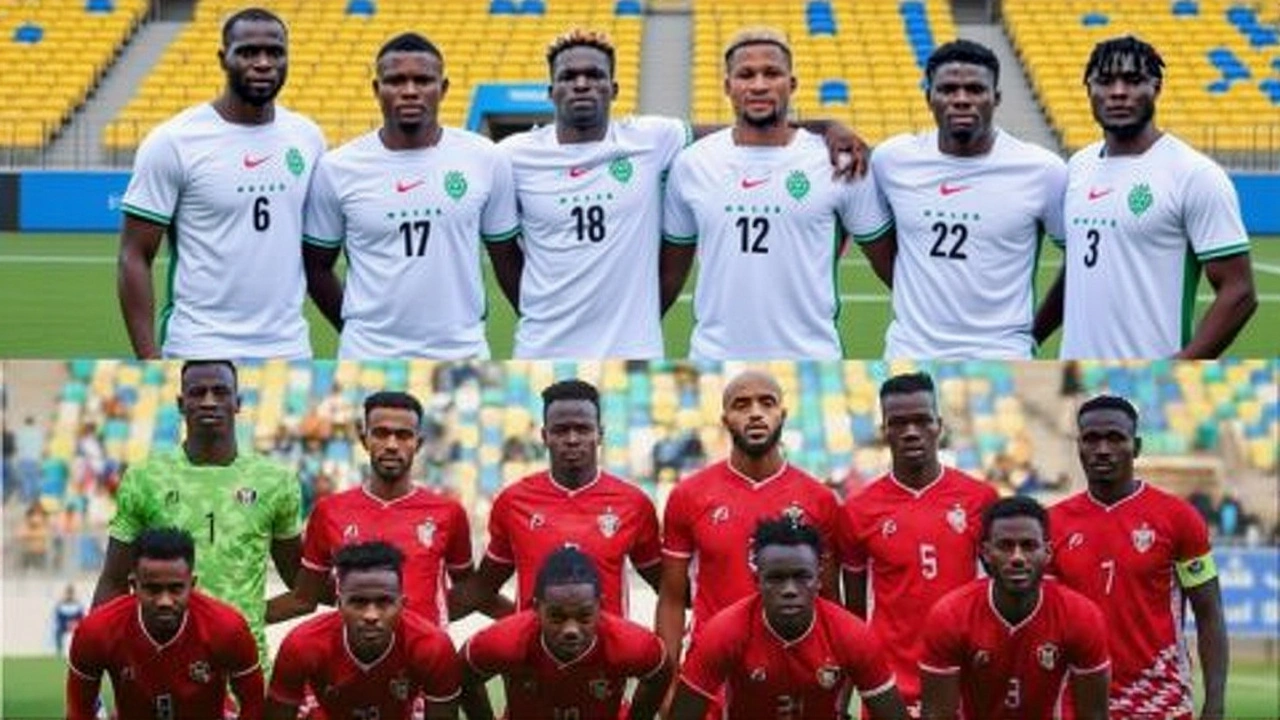
Expert Take: Why the Gap Persists
Football analyst Samuel Eto’o (now a CAF pundit) noted that “the infrastructural gap between established football nations like DR Congo and newcomers like South Sudan is still huge.” He added that investment in youth academies and proper coaching certification could close the divide within a decade.
Meanwhile, a spokesperson for FIFA emphasized that the governing body will increase funding for emerging football federations as part of its 2026 development programme. Whether that money trickles down to Juba in time to shape future qualifiers remains to be seen.
Bottom Line
The 4‑1 win isn’t just three points on the board; it’s a psychological statement that DR Congo is still very much in the hunt for Africa’s coveted ninth spot. For South Sudan, the loss cements another early exit, but the experience may sow the seeds for future growth. The next few weeks will tell if the Congolese can turn momentum into a historic World Cup appearance.
Frequently Asked Questions
How does DR Congo’s win affect its chances of qualifying for the 2026 World Cup?
The victory lifts DR Congo to 19 points, just two behind group leaders Senegal. With four games left, a win against Sudan and steady results against the lower‑ranked sides could see the team overtake Senegal and claim the automatic African berth.
Why was South Sudan eliminated despite having matches remaining?
South Sudan sits on four points with a –16 goal difference. Even if they win all remaining games, the maximum points achievable would be 22, which is still below Senegal’s current 21 and DR Congo’s 19. Their goal‑difference deficit also makes them unable to surpass teams ahead of them.
What are the historical World Cup performances of DR Congo?
DR Congo qualified for the finals twice: as Zaire in 1974 and as DR Congo in 1994. Both appearances ended at the group stage, but the experience still places them among Africa’s more seasoned World Cup participants.
What steps is FIFA taking to help emerging nations like South Sudan improve?
FIFA’s 2026 development programme allocates additional funding for infrastructure, coaching education, and youth academies across Africa. The goal is to narrow the competitive gap, though actual rollout depends on each national federation’s capacity to absorb and apply the resources.
When is DR Congo’s next qualifier, and who are they facing?
The next match is on 12 October 2025 against Sudan at the Al-Merrikh Stadium in Omdurman. A win would keep DR Congo within two points of the group leader, heightening the stakes for the final fixtures.

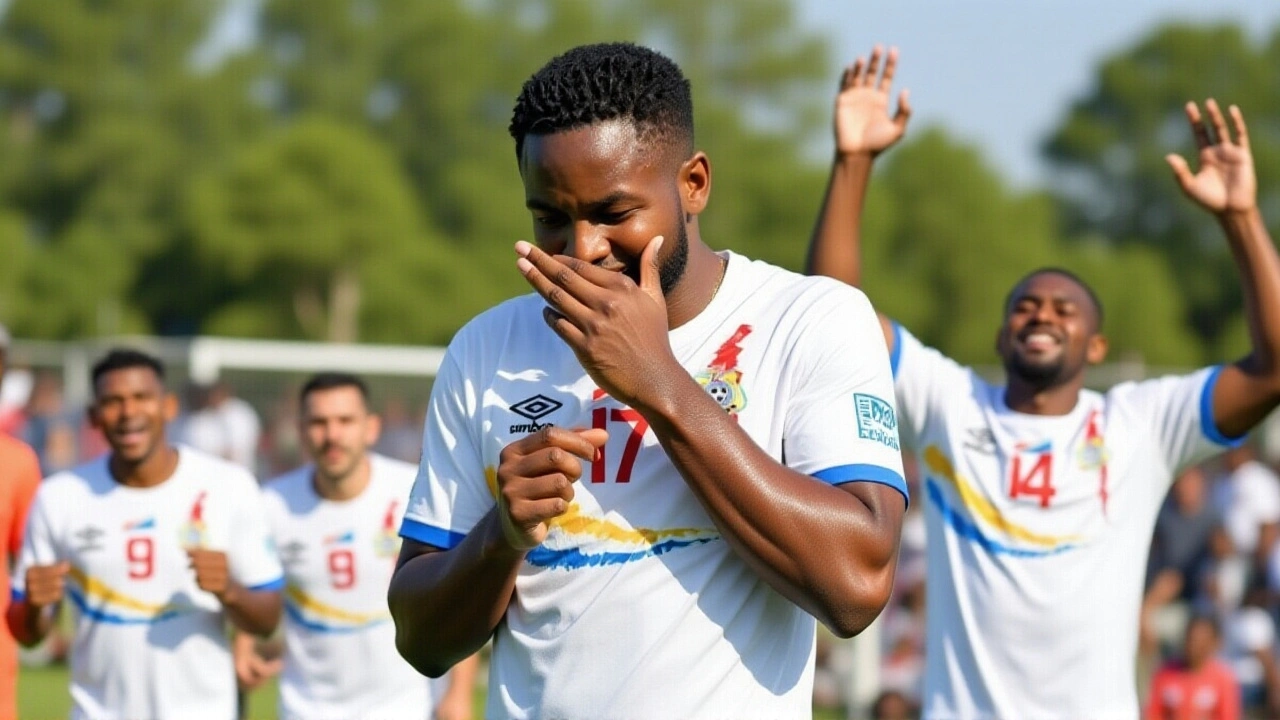
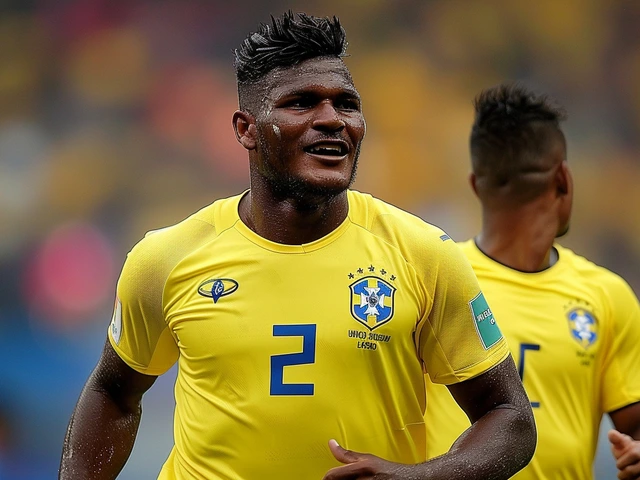
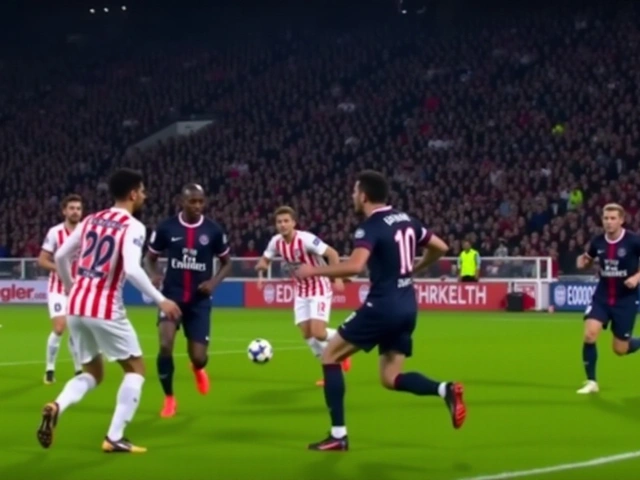
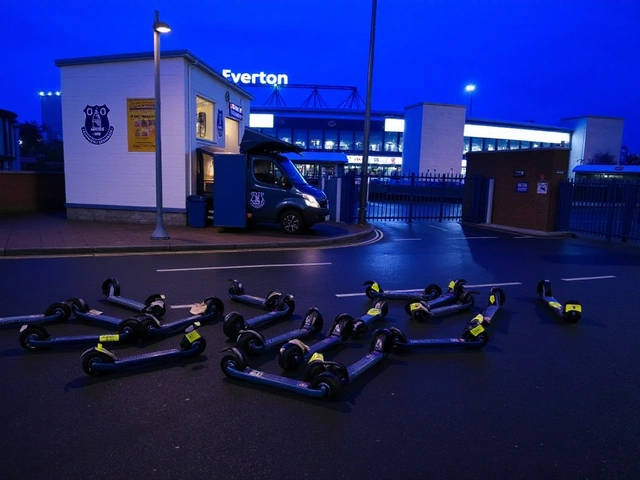
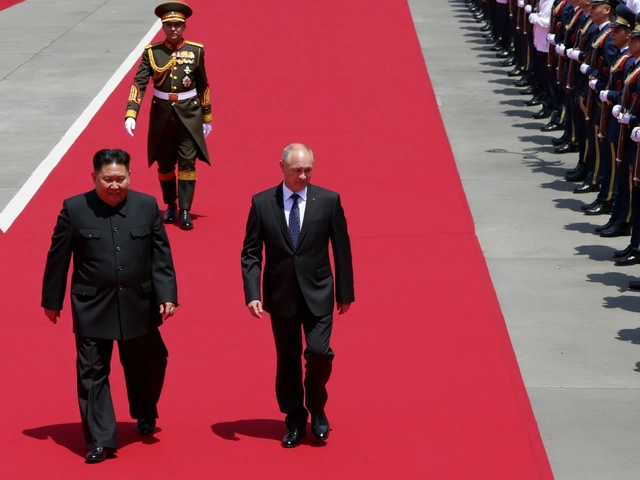
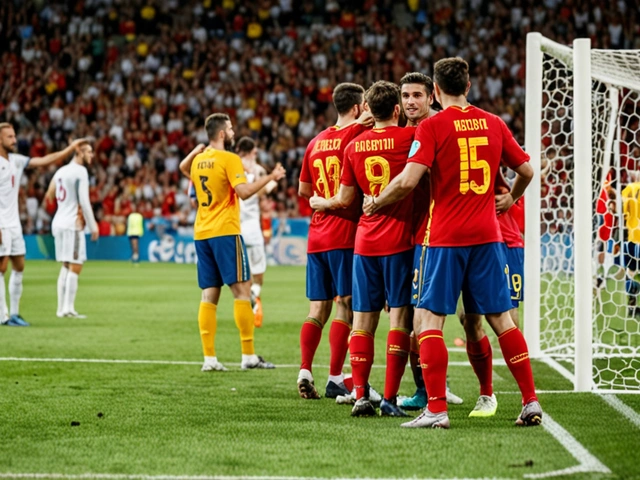
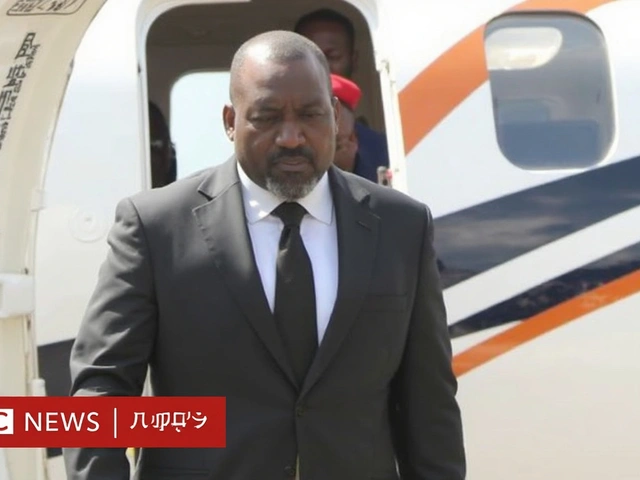
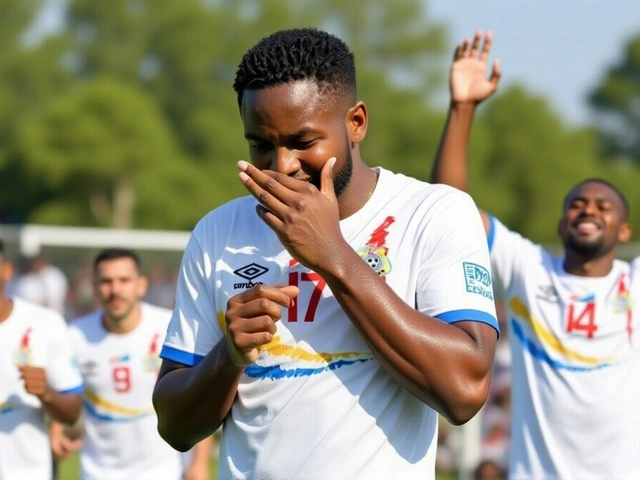
Steve Goodger
October 11, 2025 AT 04:00What a thrilling turn of events for the DR Congo side, especially after a season of grinding out draws and narrow wins. Their 4‑1 demolition of South Sudan not only nets them three points but also sends a clear message to the group leaders that they are serious contenders. The tactical discipline shown by Claude Le Roy, pressing high and exploiting the flanks, was a textbook example of modern African football. It also highlights the importance of veteran leadership in a squad that has tasted both the highs of World Cup qualification and the lows of near‑misses. While the scoreline was lopsided, the underlying statistics tell a story of superior possession, higher pass accuracy, and a relentless work rate. For the Congolese fans, this victory renews hope that a return to the World Cup is within grasp. Moreover, the performance offers a valuable learning platform for younger players who can now taste success under pressure. At the same time, this result should serve as a wake‑up call for South Sudan, whose development path still faces infrastructural and logistical hurdles. The contrast between a nationally supported football program and a nascent federation underscores the broader disparities in African football. However, setbacks can be fertile ground for future growth if the right investments are made. FIFA’s development programme, as mentioned in the article, could provide much‑needed resources for training facilities, coaching education, and youth academies in Juba. If South Sudan can capitalize on those funds, the gap may begin to narrow over the next decade. In the immediate term, though, the focus for DR Congo will be their upcoming clash with Sudan, a match that could decide the top spot. They must balance ambition with pragmatism, ensuring they do not over‑extend while still pushing for maximum points. Finally, it is essential for all stakeholders-players, coaches, federations, and fans-to maintain the momentum generated by this win, because in the marathon of World Cup qualifying, consistency often trumps occasional brilliance.
johnson ndiritu
October 21, 2025 AT 14:00Honestly, if you think DR Congo’s win is anything more than a fluke, you’re living in a fantasy land 😂. Their so‑called “tactical plan” was just a loose collection of half‑hearted passes that happened to catch a weak defense off‑guard. Meanwhile, South Sudan’s fans are probably still mourning the loss of their dignity. 🙄 The whole group’s standings are a joke, and anyone who believes Senegal is in danger is just gullible. Seriously, who even cares about the “development programme” when the money never reaches the grass‑roots level? 😑
sheri macbeth
November 1, 2025 AT 00:00Well, look at that – another "miracle" by the established powers. Sure, DR Congo scores four, but have you ever wondered why the referee seemed extra generous? Maybe the same folks pulling the strings behind the scenes are ensuring the old guard stays on top. And South Sudan? They’re probably being told to "focus on peace" while their stadium stays a dusty backwater. It’s all a grand puppeteer’s game, folks.
Lane Herron
November 11, 2025 AT 10:00What a disaster for South Sudan, total fluke.
Henry Cohen
November 21, 2025 AT 20:00i cant believe people are still hypeing dr congo its just a lucky day they got them 4 goals i think they wont make it u know the odds are low but who knows maybe the stars align. the group is tough i guess its just football lol
Mark Langdon
December 2, 2025 AT 06:00Great effort from DR Congo! The pressure they’re under is massive, but they kept their composure and executed the game plan to perfection. It’s impressive how they balanced aggression with tactical discipline. South Sudan can take this as a learning experience – every defeat is a stepping stone if they invest in the right infrastructure. Let’s hope the upcoming matches see both sides improving and delivering exciting football for the fans.